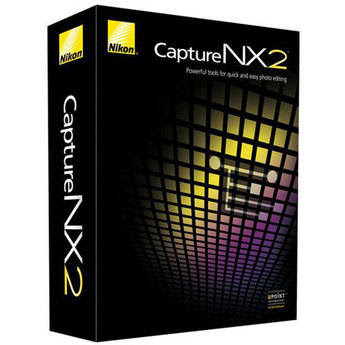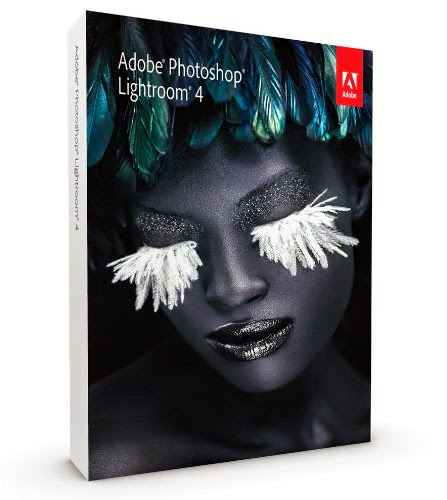I do have to pick up some programs in September. After all, the programs that I plan to get are quite useful in terms of image post-processing, the first being: Nikon Capture NX2.

This has to be the premiere NEF post processer as it is Nikon specific. Camera Raw still has hiccups now and then trying to open up a NEF file unless you get a specific Camera RAW update. But NX2 will open up what is supposed to be opened up. However, with Google taking over Nik Software, the maker of Nikon Capture NX2, it's doubtful if any further cameras will be supported in this manner. Which means as long as I have my D300s and potentially my D4, I will be OK.

The second is Adobe Lightroom 4. I'm waiting on 5 but I figure I might as well get 4 so that I can get the upgrade version next time around. The one thing that I really liked about Lightroom 4 is the intensity of the edits that you can do and the filters and other applications that you can add to the image editing program takes it above and beyond the basic photo-viewer.

The simplest program that I prefer to use is Photoshop Elements. Considering that I need the latest version with masking layers, I will have to upgrade from my current version which is Photoshop Elements 8. The package that I'm looking at is Photoshop Elements and Premiere Elements 11. This particular program allows me to edit photos as well as edit video which has been something that I'd like to do in order to increase my Youtube Nature Photography presence for FalconRose Photography.
It may seem like redundancy to have this many programs for editing photos, but keep in mind, each program does certain things well. After I get the programs I'll go a little more into what the programs will do for my images.
So this pretty much gives you an idea of what programs I plan to use.























